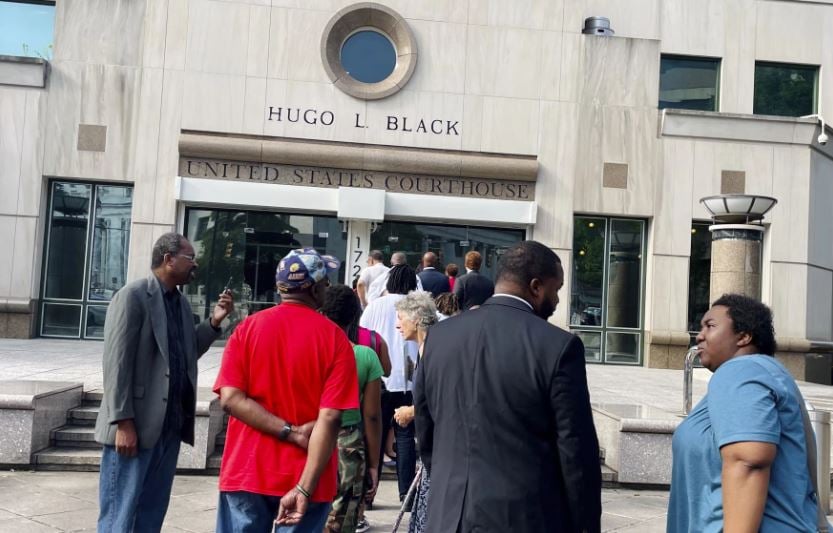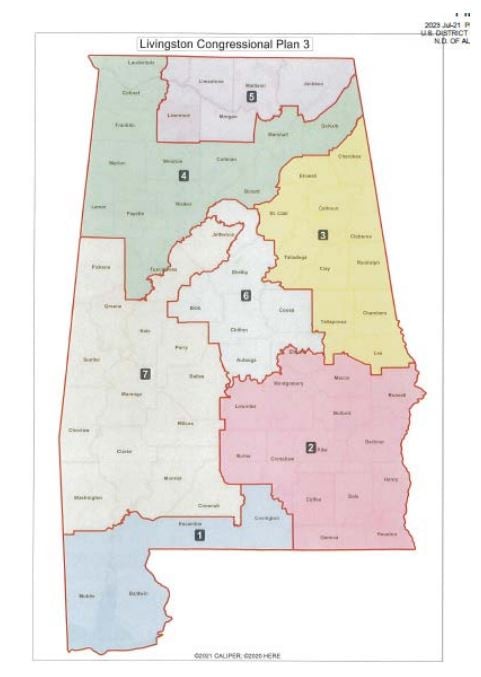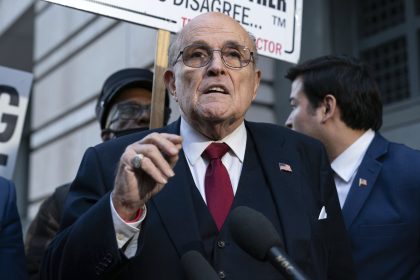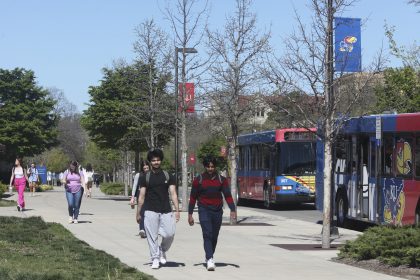A New Map, New District to Feature in Alabama Congressional Races in 2024

BIRMINGHAM, Ala. — A panel of three federal judges on Thursday settled a long-running controversy over Alabama’s congressional district map, selecting a version that could go a long way to determining which party controls the House of Representatives after 2024.
The legal battle over Alabama’s proposed congressional districts has been going on for nearly two years and even made it to the Supreme Court not once, but twice during that time.
The most significant change to the map endorsed by the panel Thursday is that it adds a second congressional district where Black voters’ preferred candidate is projected to win a majority of the time.
The decision is seen as a big win for Democrats in the state, who tend to receive the lion’s share of minority votes in federal elections in Alabama.
In a written statement, former Attorney General Eric Holder Jr., chairman of the National Democratic Redistricting Committee, said, “In spite of the shameful intransigence of Alabama Republicans, justice has finally prevailed in the state.
“With this new, fairer map, and for the first time ever, Black voters in Alabama could have two members of Congress representing their interests at the same time. This historic development will strengthen voting rights and ensure equal representation for so many Americans,” Holder added.
Arguments over Alabama’s congressional map began almost as soon as the state redrew its districts in 2021.
Even as the ink was drying on the Republican proposal, a number of Black Alabamians were decrying what they said appeared to be a deliberate attempt to dilute their vote and preserve the status quo.
Despite Black Alabamians making up 27% of the state’s population, only one of the state’s seven congressional seats regularly went to a candidate preferred by Black voters, they said.
A lawsuit was promptly filed, and in 2022, a three-judge panel agreed with the plaintiff voters, holding that the state likely did violate the Voting Rights Act by diluting the Black vote in the state.
The judges ordered the state to go back to the drawing board and create a new map that included a second majority-Black district or “something quite close to it.”

Rather than do that, however, the Republican lawmakers who control the statehouse decided to appeal to the U.S. Supreme Court.
Initially, the gambit appeared to work.
The high court immediately said the state could use the map it drew for the 2022 elections, while the justices made up their minds about the case.
Then in June came a stunner — at least from the Republicans’ perspective — the Supreme Court affirmed the lower court ruling with Chief Justice John Roberts and Justice Brett Kavanaugh siding with the court’s three liberals.
The 5-4 majority ordered Republican state lawmakers to go back and try again, and this time, they were told, they needed to draw a second district that would allow Blacks to pick the candidate of their choice.
But again, that didn’t quite happen. Instead they submitted a map for judicial review that was only marginally different from the first map.
In doing so they argued a number of technicalities stemming from the series of court rulings rendered the original order to change the district map void.
Alternatively, they also argued that what they were being compelled to do — create a second majority-minority district — was in and of itself racial gerrymandering, rendering a new map as unconstitutional as the version it was intended to replace.
The panel didn’t buy either argument. Instead the judges said they were disturbed by the state’s intransigence and its apparent willingness to defy a Supreme Court order.
It then assigned a special master to work with a cartographer on three potential maps from which they could make a choice.
Alabama tried once again to appeal to the U.S. Supreme Court, but this time saw their request rebuffed.
On Thursday, the judges decided to enforce the third map drawn by the special master.
Though the map doesn’t completely fulfill that Supreme Court goal — its voting-age Black population comes to just 48.7% — the panel deemed that close enough to pass muster, especially when compared to the other options.
“Rather than address voter concerns about their mismanagement of the economy, the border and crime, Democrats are suing to tilt the playing field instead,” said Jack Pandol, spokesman for the National Republican Congressional Committee, a campaign arm of the party.
“Republicans are more committed than ever to growing our majority despite Democrats’ legal end-runs around the voters who reject their extreme policies,” he added.
But Holder was nonplussed by such sentiments.
“Other states with pending Section 2 cases should view this map, and this process, as both an example of basic fairness and a warning that denying equal representation to Black voters, violating the Voting Rights Act, and defying federal court orders is a direct tie to an odious past and will no longer be tolerated,” he said.
Dan can be reached at [email protected] and at https://twitter.com/DanMcCue
























